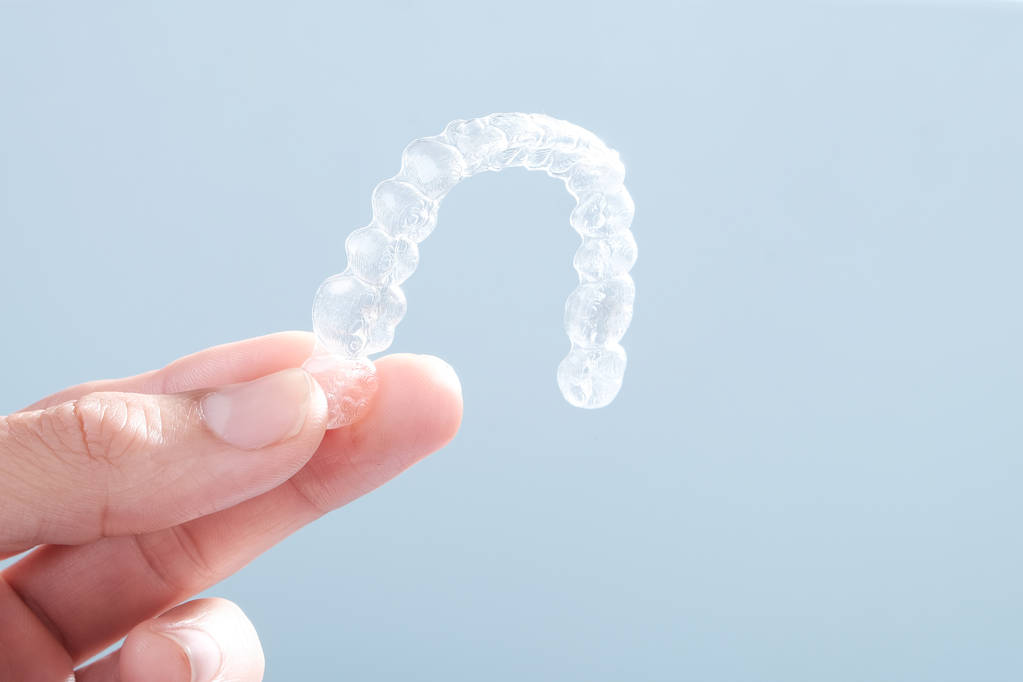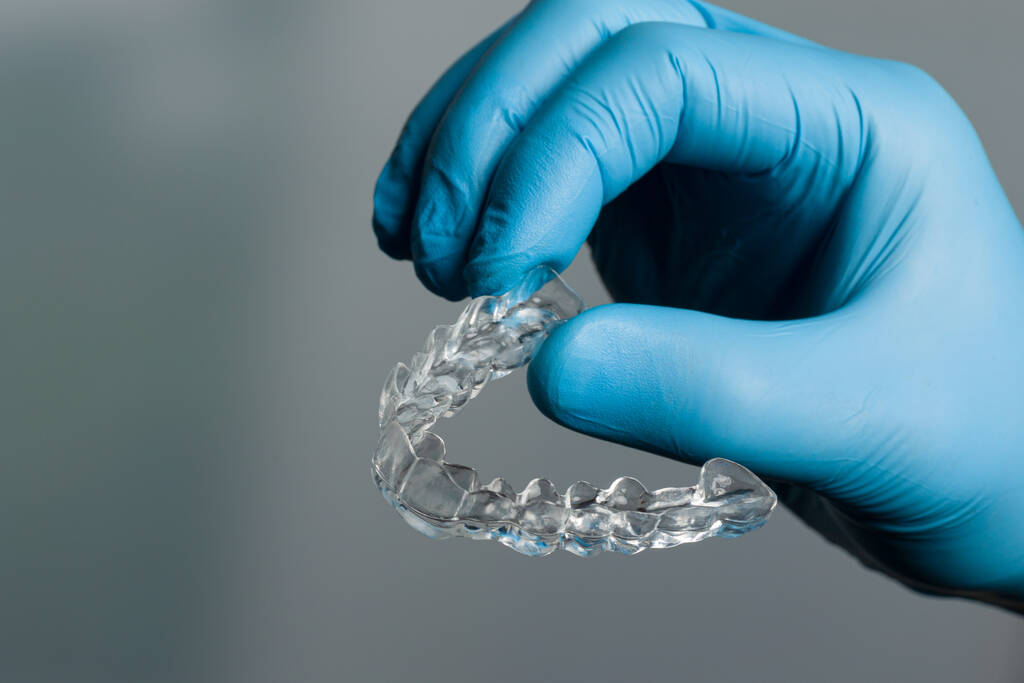In a world where first impressions are often linked to one’s smile, many adults find themselves self-conscious about their teeth. Yet, the thought of wearing braces, typically associated with awkward teenage years, can be daunting. Enter the realm of invisible braces – a game-changing solution that is rapidly gaining popularity among adults. Contrary to popular belief, correcting dental imperfections isn’t confined to the younger years. Invisible braces offer a discreet, effective way to achieve that perfect smile, regardless of age.
Why Adults Are Choosing Invisible Braces
- Aesthetics: The most appealing aspect of invisible braces is their subtlety. Made of clear, plastic aligners or ceramic materials, they are virtually invisible, sparing adults the ‘metal mouth’ appearance of traditional braces. This discreet nature makes them a preferred choice for professionals, parents, and anyone hesitant about the aesthetic impact of orthodontic treatment.
- Comfort: Unlike the wires and brackets of conventional braces, which can cause discomfort and irritation, invisible braces are smooth and less intrusive. Their custom fit ensures minimal discomfort, making the adjustment period much easier.
- Convenience: Maintaining oral hygiene is simpler with invisible braces. Removable aligners allow for easy cleaning of both the aligners and teeth, reducing the risk of dental issues during treatment. This ease of maintenance is a significant draw for adults who value convenience and time efficiency.
Types of Invisible Braces
- Clear Aligners (like Invisalign): These are custom-made, removable aligners that gradually shift teeth into place. They’re replaced every few weeks to continue the movement of teeth. Their popularity stems from their near-invisibility and the flexibility they offer – they can be removed for eating, brushing, and special occasions.
- Lingual Braces: Attached to the back of the teeth, lingual braces are invisible from the outside. They work similarly to traditional braces but are hidden from view, offering a discreet option for those who can’t use clear aligners.
- Ceramic Braces: These braces use tooth-coloured or clear brackets, making them less noticeable than metal braces. They are a midway option, offering the effectiveness of traditional braces with a more aesthetic approach.
The Process of Getting Invisible Braces
- Initial Consultation: The journey begins with a dental consultation, where the dentist assesses the suitability for invisible braces. This may involve dental X-rays, photographs, and impressions of the teeth.
- Fitting Process: Once a treatment plan is established, custom braces or aligners are created. For aligners, new sets are provided periodically to continue the teeth’s movement. With lingual or ceramic braces, regular adjustments are made by the orthodontist.
- Duration and Follow-up: Treatment duration varies, typically ranging from 6 to 24 months, depending on the individual’s needs. Regular check-ups are essential to monitor progress.
- Patient Responsibilities: Commitment is crucial. For aligners, wearing them 20-22 hours a day is vital for effective treatment. Proper hygiene and care of the braces are also imperative for achieving the best results.
Benefits and Considerations
Benefits
The allure of invisible braces isn’t merely in their aesthetic appeal; the advantages run deeper, touching various facets of health and well-being:
- Oral Health Improvement: Invisible braces play a pivotal role in rectifying misaligned teeth, a common cause of dental woes. By straightening teeth, they reduce the nooks and crannies where plaque and bacteria can accumulate, thereby lowering the risk of tooth decay and gum disease. Properly aligned teeth are easier to clean and maintain, leading to an overall healthier mouth.
- Boost in Self-Esteem and Confidence: The psychological impact of a straighter smile is profound. Many adults who opt for invisible braces report a significant boost in self-esteem and confidence. This change can reflect positively in both personal and professional interactions, where a confident smile can be a powerful tool for social engagement and career advancement.
- Improved Comfort and Speech: Misaligned teeth can sometimes contribute to speech difficulties. Invisible braces can help in correcting minor speech issues related to dental alignment. Additionally, they offer a more comfortable experience than traditional braces, as they lack the sharp edges and bulky structure of metal braces.
- Long-Term Dental Health: Aligning your teeth properly can also lead to improved bite and jaw alignment, reducing the risk of long-term issues such as temporomandibular joint disorder (TMJ) and uneven wear on the teeth.
Considerations
While invisible braces present many benefits, it’s crucial to weigh certain considerations before deciding:
- Cost Implications: Generally, invisible braces can be more expensive than traditional metal braces. This cost factor is influenced by the technology and customisation involved in their design. It’s important to discuss financial options, like payment plans or dental insurance coverage, with your orthodontist.
- Treatment Duration: The treatment time with invisible braces can vary widely depending on the complexity of the dental issue being addressed. While some cases may be resolved quickly, others might take as long as traditional braces, or sometimes longer, to achieve the desired results.
- Not Suitable for All Cases: Invisible braces are effective for many orthodontic issues but may not be the best solution for complex dental problems, like severe malocclusion or significant bite issues. An orthodontist’s assessment is critical to determine the most effective treatment plan.
- Discipline in Usage: The success of invisible braces, especially clear aligners, hinges on the user’s commitment. They must be worn for the recommended 20-22 hours per day and only removed for eating, drinking, and oral hygiene. Failure to adhere to this can prolong treatment and affect results.
- Adjustment Period: As with any orthodontic treatment, there’s an adjustment period. Users might experience mild discomfort or have to adjust to speaking with the aligners or braces in place.

Embracing a journey towards a perfect smile with invisible braces is an empowering decision for many adults. It’s a testament that self-improvement and confidence have no age limit. If you’ve been contemplating improving your smile, remember it’s never too late. A consultation with a dental professional can set you on the path to the smile you’ve always desired.




